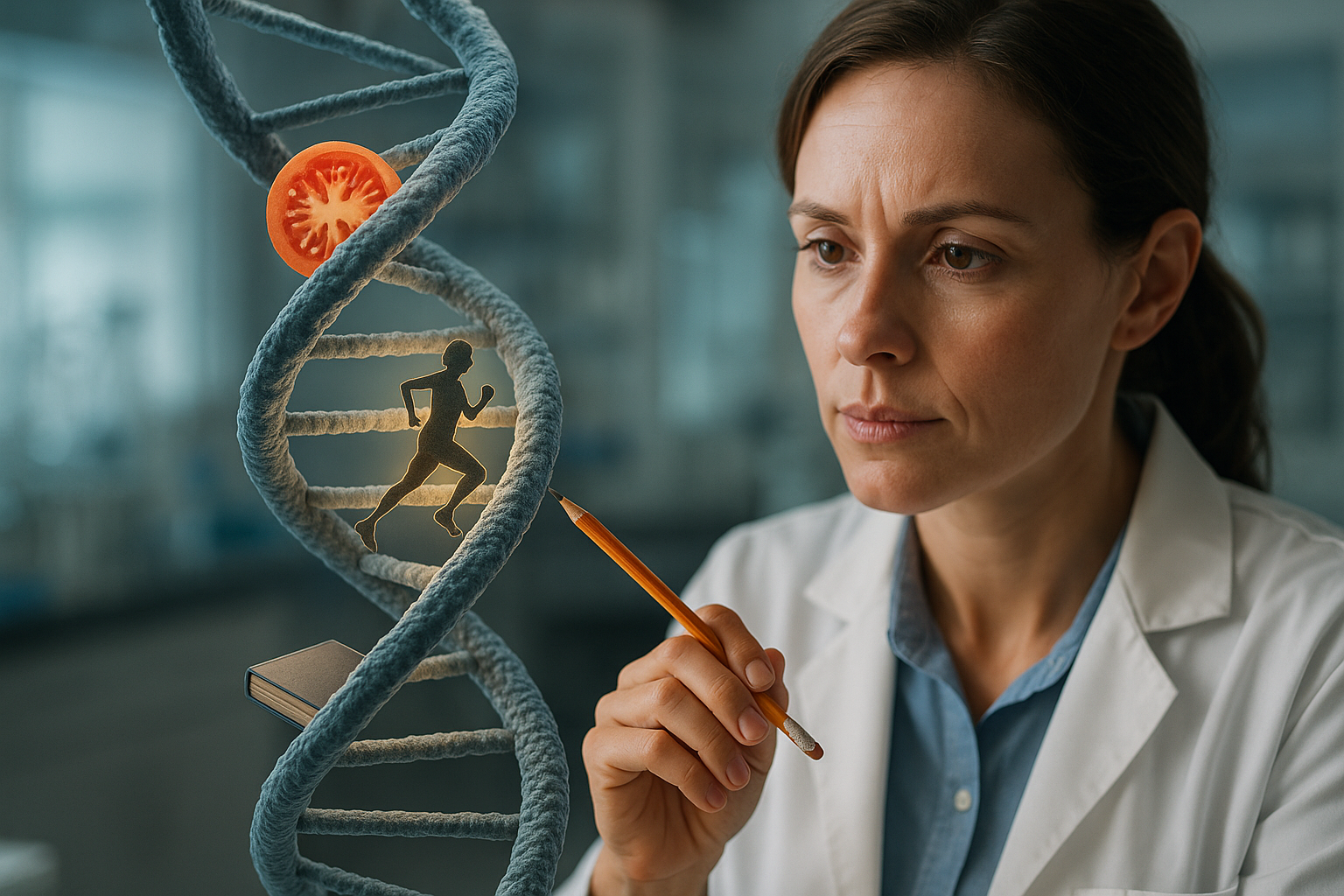Inside the Life of a Sperm Donor: Motivation and Responsibility
Sperm donation is one of the most remarkable examples of how science, compassion, and modern technology intersect. Behind every successful donation lies a careful process designed to ensure safety, ethics, and the possibility of helping others achieve their dreams of parenthood.From advanced screening to specialized laboratories, sperm donation has evolved far beyond its early beginnings. Today, it’s managed through sophisticated systems that protect both donors and recipients while supporting cutting-edge research in reproductive health.In this article, we explore how sperm donation works, what motivates donors, and how this process continues to shape the conversation around science, family, and the future of fertility.

The world of sperm donation has evolved significantly from its early days, transforming from a relatively simple medical procedure into a sophisticated process involving extensive screening, psychological evaluation, and ongoing responsibility. Modern sperm donors enter a realm where science meets personal ethics, creating families while navigating their own motivations and understanding the weight of their contribution.
The Rise of Sperm Donation: A Modern Look at an Old Concept
Sperm donation has existed for decades, but contemporary approaches reflect changing societal attitudes toward fertility, family structures, and reproductive rights. Today’s donors represent diverse backgrounds and motivations, from altruistic desires to help couples conceive to financial considerations that make donation attractive. The process has become more regulated and transparent, with many countries implementing strict guidelines governing donor screening, compensation, and record-keeping.
The demographic of sperm donors has also shifted, with younger men increasingly participating due to improved awareness and reduced stigma. Educational institutions often serve as recruitment grounds, where college students learn about donation opportunities through campus outreach programs. This evolution reflects broader changes in how society views reproductive assistance and the role of third-party contributors in family creation.
How the Sperm Donation Process Really Works
The journey to becoming a sperm donor involves multiple stages of evaluation and commitment. Initial screening includes comprehensive medical histories, physical examinations, and genetic testing to identify potential hereditary conditions. Psychological evaluations assess mental health stability and ensure donors understand the emotional implications of their decision.
Once accepted, donors commit to regular clinic visits over several months, typically providing samples two to three times weekly. Each donation undergoes quality testing for sperm count, motility, and morphology. The process requires consistency and reliability, as fertility clinics depend on regular donations to maintain their programs. Donors must also adhere to lifestyle restrictions, including abstaining from alcohol, drugs, and certain medications that could affect sperm quality.
Sperm Donations and the Science of Fertility
The scientific aspects of sperm donation have advanced considerably with modern reproductive technology. Cryopreservation techniques allow samples to remain viable for extended periods, while genetic screening can identify potential issues before samples are used in treatments. Advanced laboratory procedures ensure optimal sperm preparation for various fertility treatments, including intrauterine insemination and in vitro fertilization.
Quality control measures have become increasingly sophisticated, with laboratories employing strict protocols for sample handling, storage, and distribution. Computer-assisted sperm analysis provides detailed assessments of sperm characteristics, while DNA fragmentation testing offers insights into genetic integrity. These technological advances improve success rates for intended parents while ensuring the highest standards of safety and efficacy.
| Service Provider | Services Offered | Key Features |
|---|---|---|
| California Cryobank | Comprehensive donor screening | Extensive genetic testing, detailed donor profiles |
| Fairfax Cryobank | Donor sperm banking | Adult photo matching, extended medical histories |
| Seattle Sperm Bank | Reproductive services | Open donor programs, counseling support |
| Xytex Corporation | Genetic testing services | Advanced screening protocols, quality assurance |
The Future of Reproductive Innovation: What’s Next
Emerging technologies promise to revolutionize sperm donation and fertility treatment. Artificial intelligence applications in sperm analysis could improve selection processes, while advances in genetic editing raise questions about future possibilities and ethical boundaries. Personalized medicine approaches may allow for more targeted matching between donors and recipients based on genetic compatibility.
The integration of telemedicine into fertility services could expand access to sperm donation programs, particularly in underserved areas. Digital platforms for donor-recipient matching continue to evolve, offering more sophisticated algorithms for compatibility assessment. These innovations suggest a future where sperm donation becomes more efficient, accessible, and successful in helping individuals and couples achieve their family-building goals.
Sperm donors today operate within a framework that balances personal autonomy with social responsibility. Their contributions to reproductive medicine represent both scientific advancement and human compassion, creating opportunities for parenthood while navigating the complex ethical landscape of modern fertility treatment. Understanding their motivations and the processes they undergo provides insight into this essential component of contemporary reproductive healthcare.




